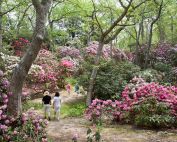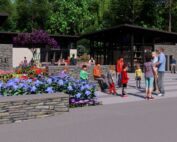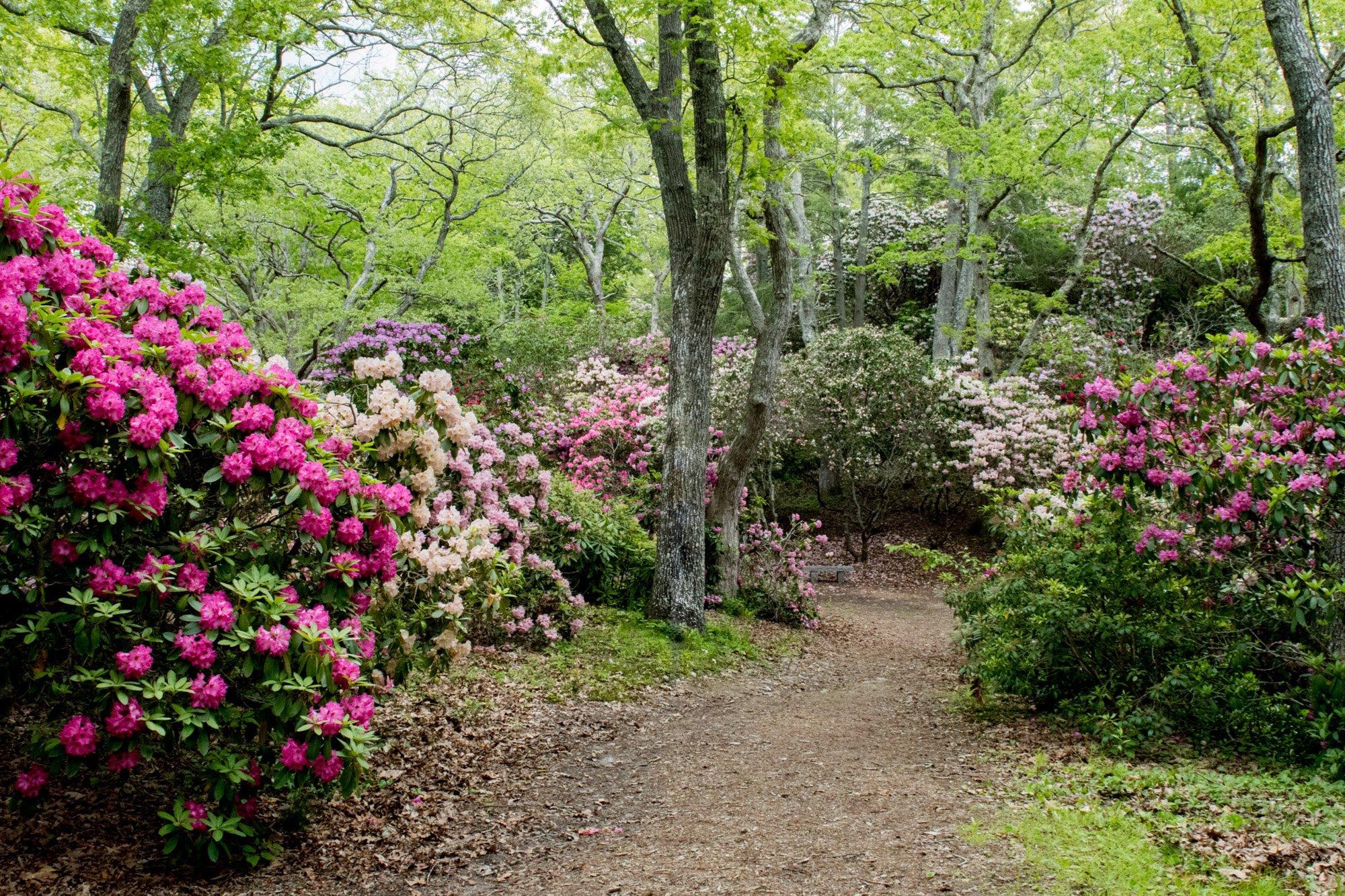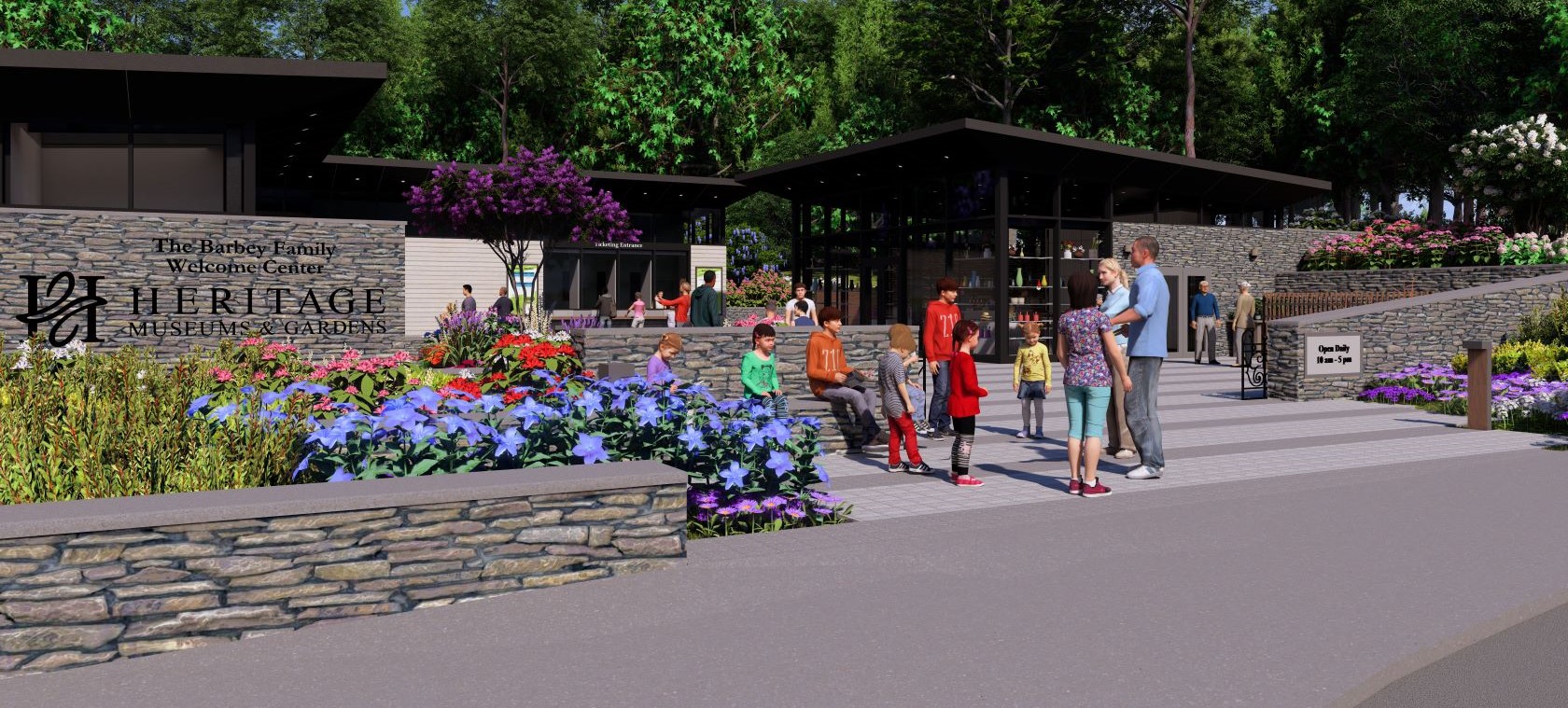Let’s Talk about Hydrangeas!
For those of you that read my columns, you know that I’ve devoted the last two to several hydrangea species. Specifically Hydrangea macrophylla and Hydrangea arborescens. This week I’m going to discuss the other species that’s common on the Cape, Hydrangea paniculata, the Panicle Hydrangea. As we move through the latter parts of July and into August, this species will start its show. Driving through various parts of the Cape, I see Hydrangea paniculata used to great effect and for good reason. This species is dependable. Always dependable. It can survive our winters with no worries and is considered one of the most winter-hardy of the Hydrangeas. It can also survive gardeners pruning with no problem as it flowers on current years’ growth. Even if you prune the plants hard in the spring, which is when many folks, tired of being inside all winter and itching to prune, take their pruning impulses to their hydrangeas, often to ill effect.
Best grown in organically rich, medium moisture, well-drained soils in full sun to part shade. This species is usually grown as a single-stemmed shrub but can easily be trained as a small single trunk tree or often as a ‘standard’, but is best grown as a large shrub.
‘Limelight‘ is probably this species most famous cultivar and has been in the trade for years. According to multiple sources this cv can grow to 6-8’ but realistically I’d put the height, without pruning, at more like 25’. But there are many, many new cultivars available. A quick search online and I’ve found 22 cultivars and I’m sure there are more. Of the major plant producers, Proven Winners has eight cultivar’s, Bailey Nursery has seven and Monrovia lists seven and each are introducing more each year.
The appeal of the species is obvious. Large, showy white panicle flowers (hence the name) that are completely cold hardy. They emerge a greenish-white and mature white. The emphasis with the plant breeders and nurseries has been to develop and select plants that flower clear-white and then, with the help of cool night temperatures slowly develop into pink to deep red or burgundy. The plants typically begin flowering in late July and the color develops later in August into the Fall.
As I said, there are at least 22 cultivars being grown. One of my favorites of the newer introductions is ‘Strawberry Sundae’ with its clear-white summer color that develops into a beautiful red later in the season. This cultivar, along with cv’s like ‘Vanilla Strawberry’ and the newly released ‘Berry White’ (I don’t name them), are truly wonderful new plants. They can be large if left unchecked but tolerate pruning well and can be great background plants in the garden. I’ve seen them used in hedge-rows with shorter plants such as Nepeta ‘Walker’s Low’ lined in front of them. The effect is wonderful.
If interested in learning more about this species, or any of the three I’ve discussed recently, I’d recommend a visit to Heritage Museums & Gardens. The Hydrangea Garden there has one of the most extensive collections of Hydrangeas in the country.















